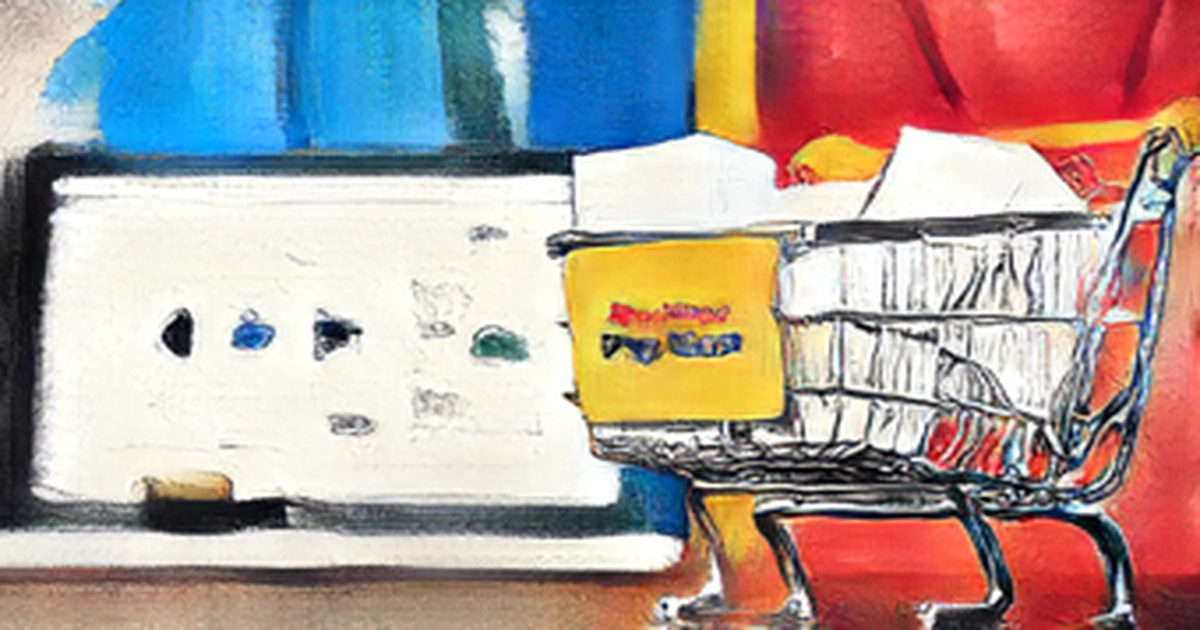
If you thought the United Payments Interface UPI was the only shining spot of India's burgeoning fintech industry, think again. In a report by Razorpay, Buy Now Pay Later BNPL is turning into a favorite credit instrument for millions of Indians, with payments in this sector growing by 637 per cent in 2021.
The report, titled The Covid Era of Rising Fintech, points out that payments have increased by 225 per cent over the last year. The report argued that BNPL transactions have a 569 per cent growth in 2020, and this massive jump from 2020 to 2021 indicates that this sector is well on its way to make short-term credit mainstream with easier and faster access.
The report is based on online transactions held by the Razorpay platform from January to December 2020 and 2021, and provides a detailed view of the evolving fintech ecosystem, digital spending patterns and how different payment modes performed during 2020 to 2021, and includes UPI 63.02 per cent and Card 25.92 per cent.
Payments related to telecom and electricity bills soared by 3640 per cent and 2353 per cent from 2020 to 2021, a 3640 per cent increase in payments related to digital transactions.
Since the pandemic, the rise of the digital economy has been the most significant disruption and is changing the way online payments are happening in India. On the one hand, consumers are spending more with the help of user-friendly financial products like BNPL, while on the other hand, they are saving by investing in mutual funds and in active trading. I believe that such a transformation of the financial landscape will have profound implications for business, society and government. Today, India is ahead of the world in digital payments, according to Harshil Mathur, CEO and Co-founder of Razorpay.
In 2020, the highest contributors of e-commerce transactions were lifestyle, lifestyle and fashion, but it has been overtaken by groceries in 2021, which saw a growth of 233 per cent.
According to the report, fitness related transactions saw a surge of 611 per cent. The report argues that the festive season gave a huge impetus to the e-commerce transactions accounting for one-third of all of the payments.
Delhi surged ahead of Karnataka when it came to digital transaction volumes, contributing to 18.69 per cent of all online transactions and growing by 208.82 per cent from 2020 to 2021. Goa and Jammu Kashmir warmed up to digital transactions in 2021 with 162.54 per cent and 161.44 per cent growth rates. This could be a result of the resurgence of tourism in these states. The report noted that Tier 2 cities and Tier 3 cities had a significant growth of almost 50 per cent in transaction volumes from 2020 to 2021.
Which industries saw the highest amount of online payments?
The Razorpay report says that food and beverages and the BFSI sector were the top contributors to the total transactions, followed by games, utilities and e-commerce.
Services saw the highest growth of 769.86 per cent in transaction volumes as compared to 2020, with more people opting for freelancing. In the year 2021, housing and real estate was the second fastest-growing sector. It had a whopping growth of 315.65 per cent and had 4 times the transactions it did in 2020. With remote hybrid work becoming the norm, professionals are settling down in their hometowns as Tier 2 and Tier 3 cities saw an average growth of over 210 per cent compared to 2020, it added.
Online food orders increased by 284.89 per cent in the last year, according to a report.
In 2020, e-commerce was mostly consumer led, but wholesale e-commerce grew by 1500 per cent in 2021, indicating the rise of digital adoption among businesses. The popularity of fantasy league and esports is a factor in the increase in usage in the games sector. With an increased demand for games among consumers, game developer tools were in demand, with transaction volume for the sub-sector growing by 365.83 per cent in 2021. The highest growth in online gaming was seen in Tier 3 cities, with transaction volumes growing by 45.5 per cent.
